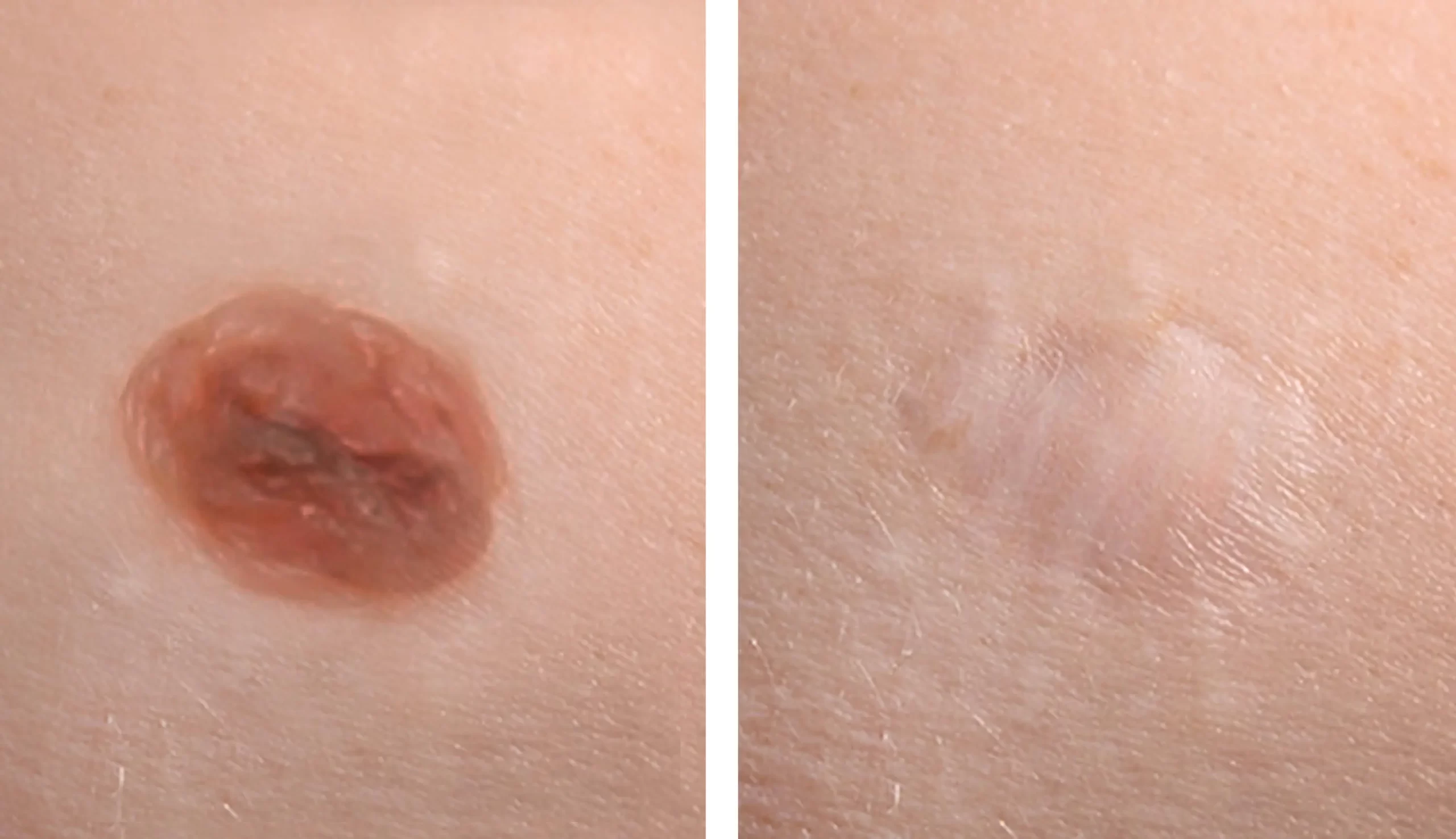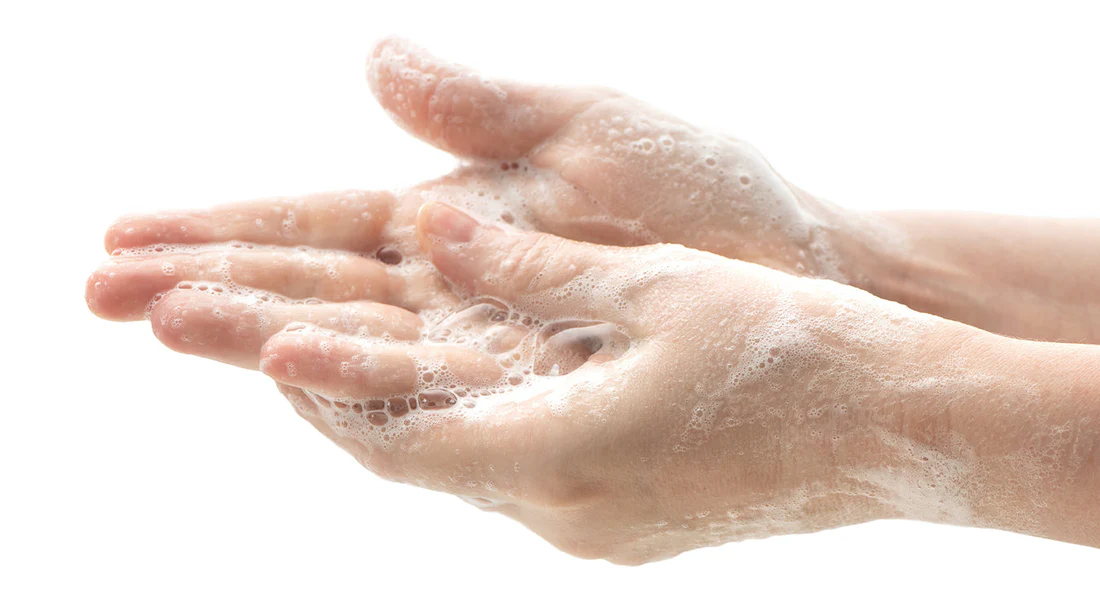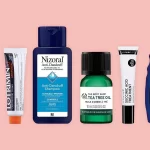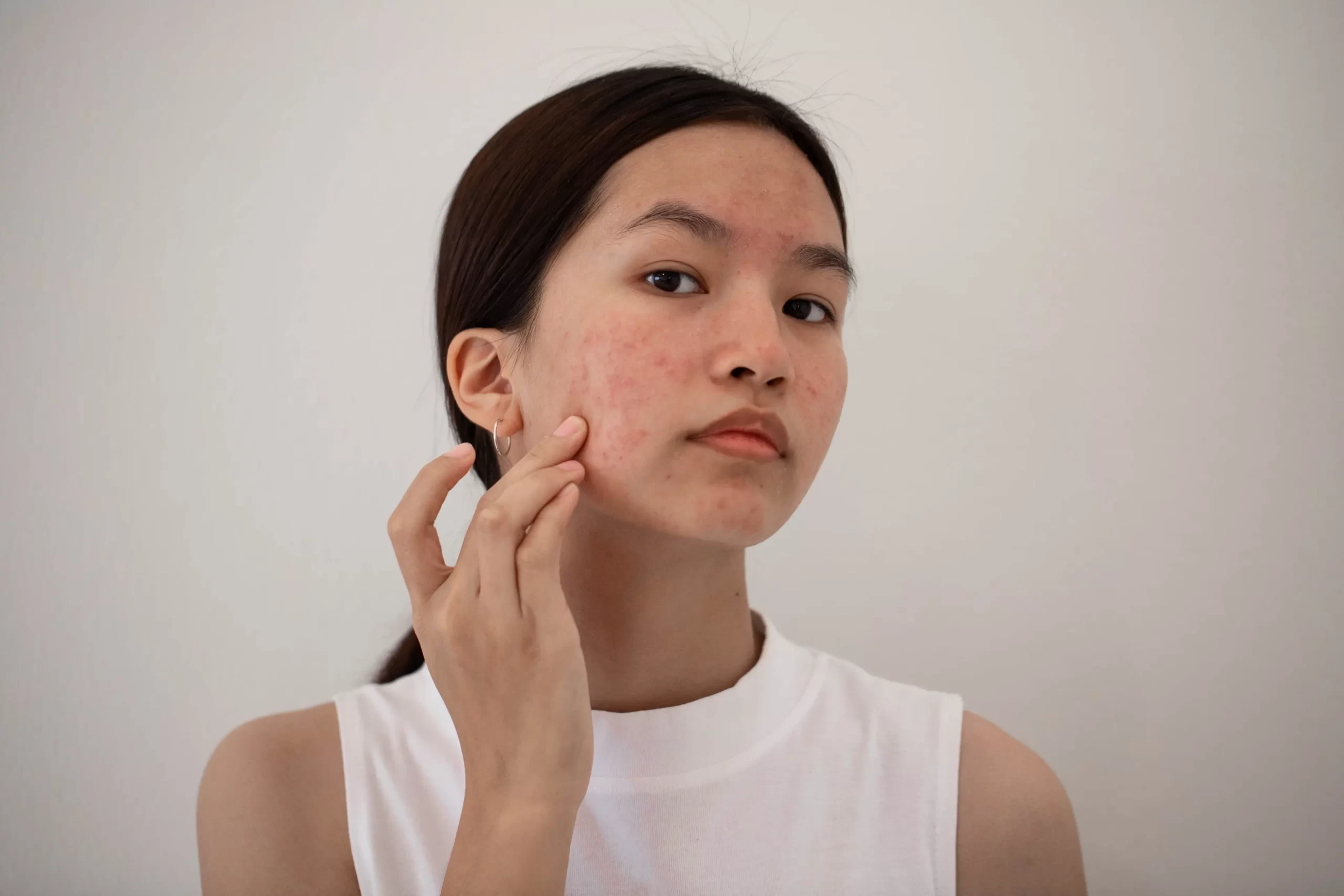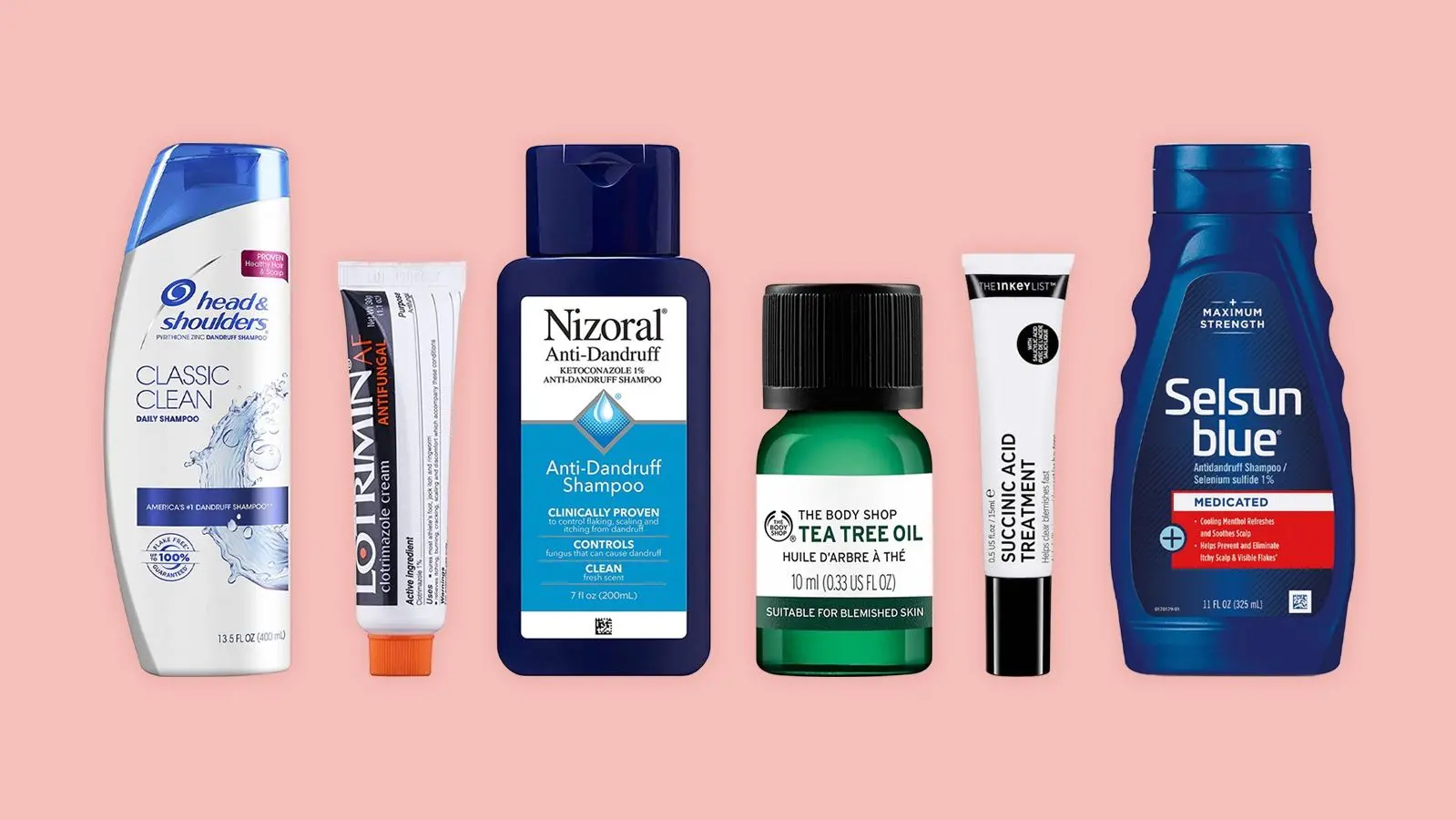A dermatologist’s mole removal treatment gives patients safe and precise results. At DermOnDemand, board-certified experts like Dr. Hannah Kopelman provide accurate diagnosis and plans that protect your skin. With digital access, patients receive trusted guidance without the delay of in-office visits.
Key Takeaways
- A dermatologist can safely remove moles using methods like surgical excision, surgical shave, or laser treatment, depending on the mole’s size, shape, and risk level.
- Most mole removal procedures are quick, performed under a local anesthetic, and may require stitches if deeper tissue is involved.
- Not all moles are harmless; changes in size, irregular shapes, or bleeding can signal cancerous moles that need prompt evaluation.
- Costs typically range from $150 to $1,500, with coverage varying depending on whether the removal is medical or cosmetic.
- At-home mole removal methods, such as creams or cutting, are unsafe and can damage the surrounding skin, making dermatologist care the only reliable option.
When to See a Dermatologist
Can a dermatologist remove moles?
Yes, a dermatologist can remove moles with medical precision. They use safe surgical procedures that prevent damage to the surrounding skin. Unlike at-home methods, this ensures complete removal and accurate evaluation.
Can a dermatologist remove a mole on my face?
Yes, mole removal on the face is a routine part of dermatology. Special care is taken when treating the face, neck, and other visible regions to reduce scarring. The dermatologist considers size, shape, and location before deciding on the type of mole removal.
Signs and reasons for dermatologist treatment
Not all moles are harmless. Changes in size, shape, color, or irregular shapes can point to cancerous moles. Pain, itching, or bleeding are also warning signs. Seeing a dermatologist ensures early detection and safe removal.
How Dermatologists Remove Moles
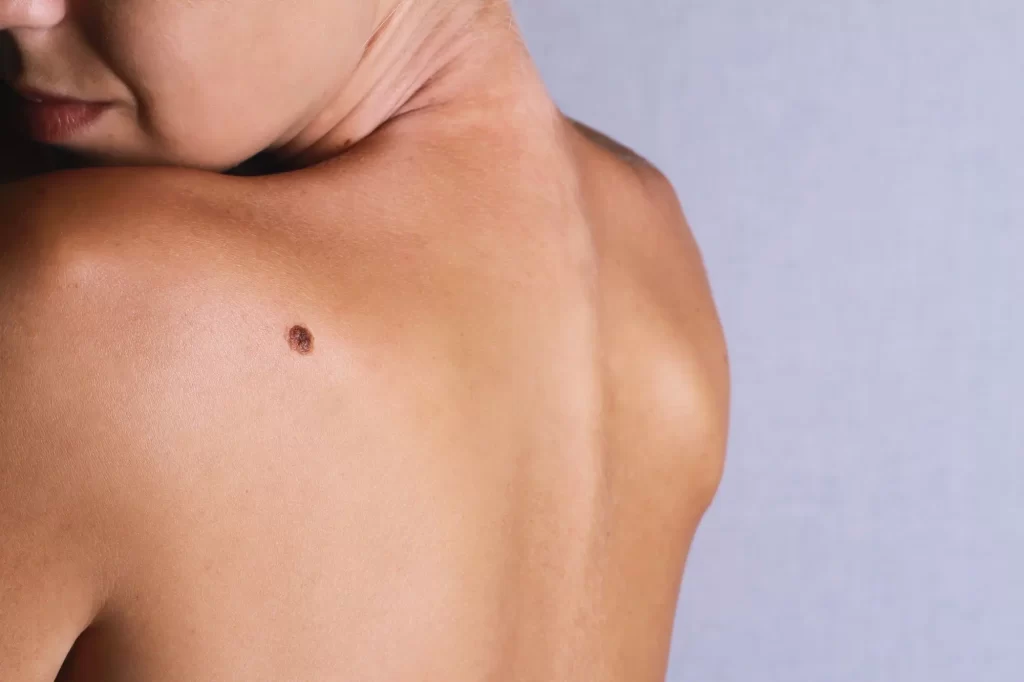
Surgical excision
In this surgical procedure, the mole and a margin of surrounding skin are cut out. The area may require stitches, especially for larger growths or when cancer cells are suspected. This method is often used for deeper or irregular moles.
Shave removal
A surgical shave involves numbing the area with a local anesthetic before carefully shaving off the mole. This is common for raised but non-cancerous moles and skin tags. It does not usually require stitches and heals with minimal scarring.
Laser mole removal
Some smaller skin growths or flat moles can be treated with laser technology. While less invasive, laser use depends on the type of mole and its depth of penetration. It is not the first choice for suspicious or cancerous moles.
How long does it take to remove a mole?
Most mole removal procedures are quick. Numbing the area and completing the treatment can take less than 30 minutes. Healing time varies by method and by whether stitches are required.
Many patients search for advice on how to remove skin moles safely. The most reliable answer is to see a dermatologist, since professional methods such as surgical excision or shave removal are far safer than at-home attempts.
Safety and Risks
Does mole removal hurt?
The dermatologist applies a local anesthetic before treatment, so pain is minimal. Patients may feel mild pressure during the surgical procedure. Afterward, some discomfort or swelling is possible but short-lived.
Recovery and scarring
Healing depends on the type of mole removal. Shave removals heal faster, while surgical excision may leave a small scar. Proper aftercare reduces side effects and protects the surrounding skin.
Can removing a mole cause cancer?
No, mole removal does not cause cancer. In fact, removing irregular shapes or suspicious moles helps detect cancer cells early. A dermatologist examines the mole under a microscope if cancerous moles are suspected.
Costs and Access
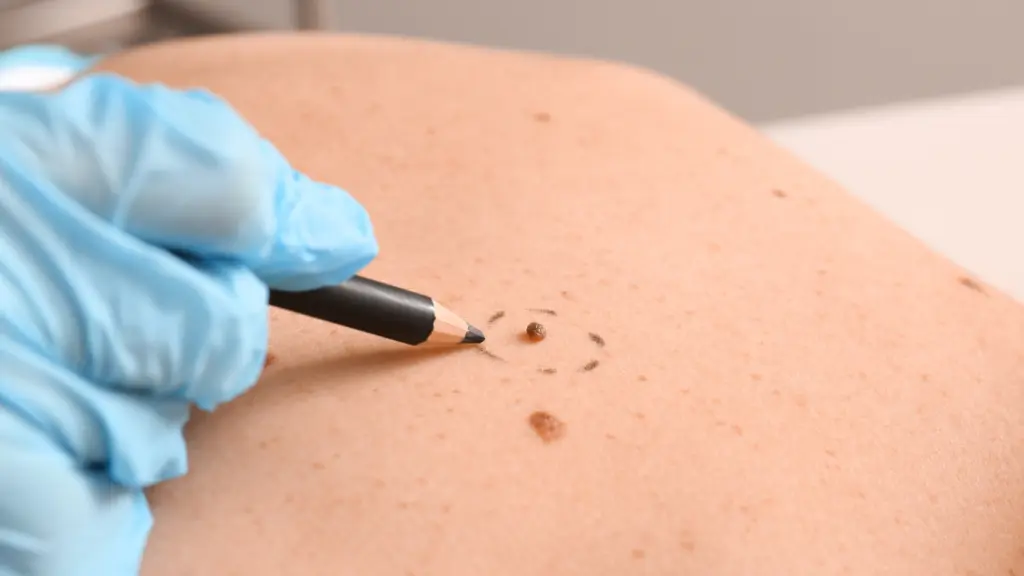
Mole removal cost and insurance
Costs vary depending on the type of mole removal and whether lab testing is required. Insurance may cover removal if the mole is linked to medical risk, but cosmetic cases are often out of pocket. On average, prices can range from $150 to $1,500.
Typical price ranges by method:
- Shave removal – $150 to $400 per mole
- Surgical excision – $300 to $1,500 per mole (may require stitches and lab testing)
- Laser removal – $200 to $800 per mole (often for cosmetic cases)
- Cryotherapy with liquid nitrogen – $100 to $300 per mole (less common for suspicious moles)
Why At-Home Removal Is Unsafe
Mole removal cream
Over-the-counter creams may claim to remove moles, but they often damage the surrounding skin. They also fail to confirm if the mole is cancerous.
How to remove moles from the face naturally
Home remedies are unsafe for delicate areas like the face and neck. They can leave scars and do not provide a medical evaluation of cancer cells.
How to remove a mole at home
Trying to cut or burn a mole at home is dangerous. It increases the risk of infection and may leave irregular scars.
How to remove moles naturally in one day
There is no safe one-day natural method. Only a dermatologist can ensure effective and safe mole removal.
How to Monitor and Prevent Future Moles
Regular skin checks with a dermatologist
Even though many moles are harmless, regular skin exams help catch changes early. A dermatologist can track size, shape, color, and any irregular shapes over time. Online care with DermOnDemand makes it simple to review new or changing skin growths quickly.
Protecting skin from sun damage
UV exposure is one of the main causes of new moles and skin tags. Wearing sunscreen daily, avoiding tanning beds, and protecting the face and neck with clothing or hats can lower the risk. These habits help reduce the chance of developing suspicious or cancerous moles in the future.
Book Your Private Dermatology Consultation
Start your online dermatology plan today with DermOnDemand and Dr. Hannah Kopelman. Get safe, expert-driven care without the wait.


